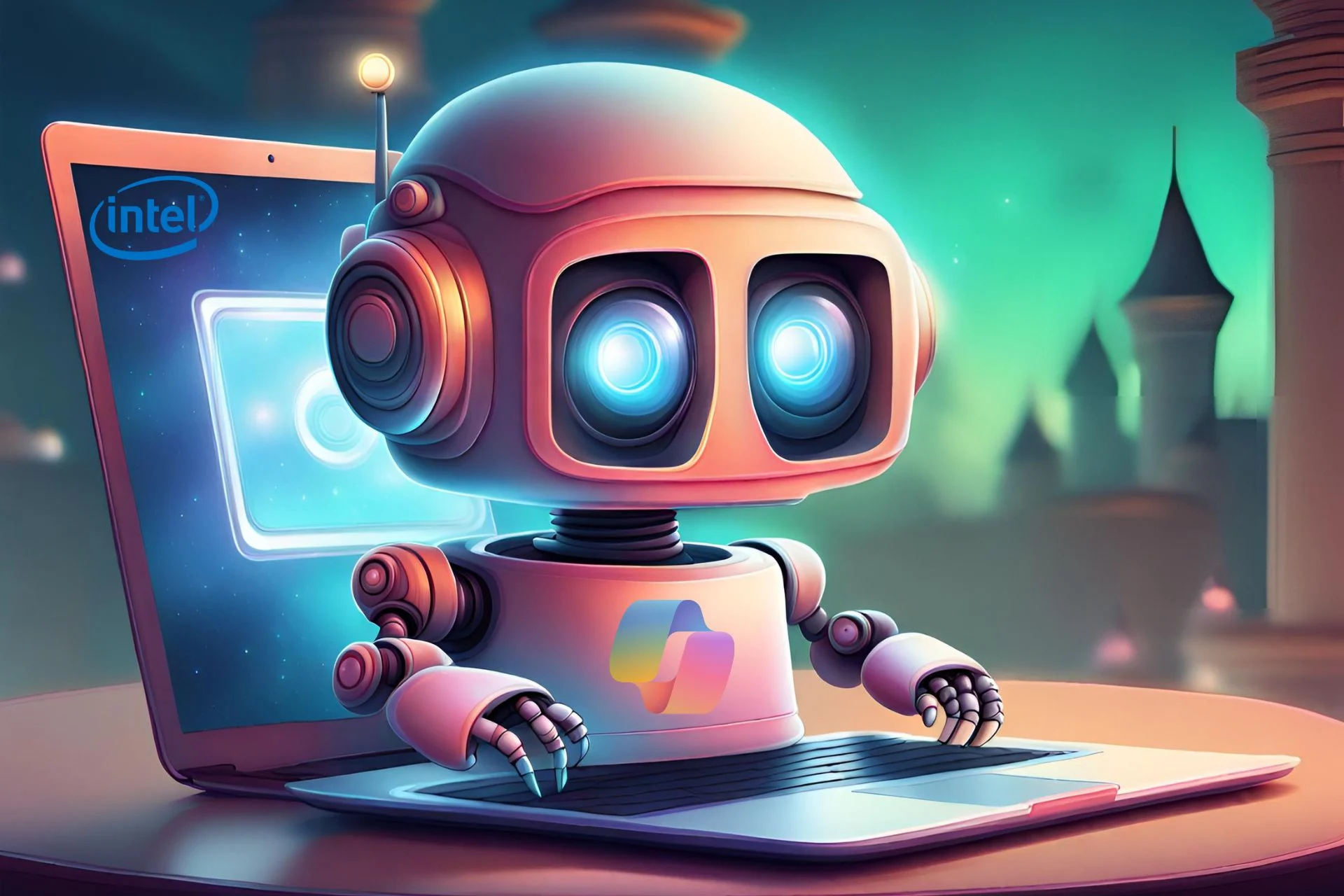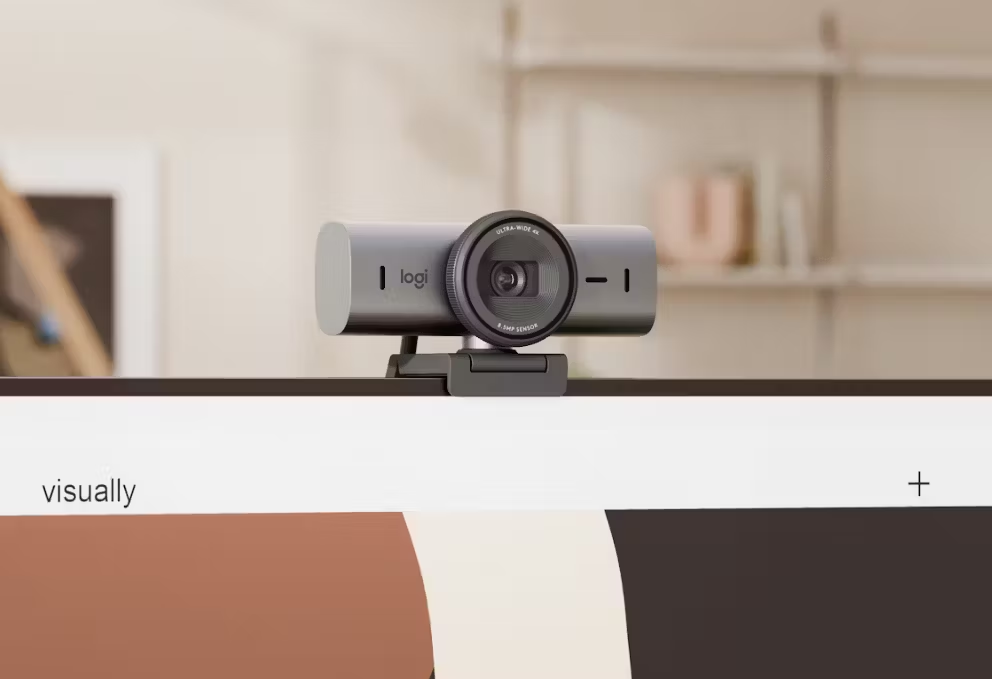
In the ever-evolving landscape of technology, the term “AI” has become synonymous with innovation and progress. Every new product seems to boast AI capabilities, promising smarter, more intuitive experiences for users. Against this backdrop, Microsoft has introduced its own interpretation of the “AI PC,” a concept that aims to revolutionize computing through the integration of artificial intelligence technologies. However, as with many buzzworthy terms in the tech industry, the reality behind the hype may be more nuanced than initially meets the eye.
At the heart of Microsoft’s vision for the AI PC lies the concept of the neural processing unit (NPU), a specialized processor designed to accelerate AI-related tasks. In collaboration with Intel, Microsoft has outlined specific criteria for what constitutes an AI PC, emphasizing the inclusion of NPUs alongside traditional CPU and GPU components. The goal is to empower PCs with enhanced AI capabilities, enabling them to perform tasks with greater efficiency and intelligence.
But what exactly is an NPU, and how does it differ from traditional processors? NPUs are optimized for handling AI workloads, leveraging neural networks and machine learning algorithms to process data in ways that mimic human intelligence. These specialized processors excel at tasks such as image recognition, natural language processing, and predictive analytics, making them invaluable assets in the realm of AI-driven computing.
In practical terms, the integration of NPUs into PCs holds the promise of unlocking new possibilities for users. From voice-controlled assistants to real-time language translation, AI-powered features have the potential to transform the way we interact with our devices. Microsoft’s Copilot assistant, a key component of the AI PC experience, leverages AI algorithms to provide contextual suggestions and assistance to users, streamlining workflows and enhancing productivity.
Beyond software enhancements, Microsoft’s vision for the AI PC extends to hardware innovations as well. The inclusion of dedicated Copilot buttons on PC keyboards serves as a tangible manifestation of the AI-driven user experience, providing users with quick access to AI-powered features and functionalities. This seamless integration of hardware and software represents a step forward in the evolution of computing, blurring the lines between traditional PCs and intelligent, AI-enabled devices.
However, despite the potential benefits of the AI PC paradigm, questions remain regarding its practical implementation and real-world impact. While NPUs hold promise for accelerating AI workloads, their actual performance gains may vary depending on the specific use case and application. Additionally, concerns around data privacy, security, and algorithmic bias loom large, raising important ethical considerations for developers and users alike.
In conclusion, Microsoft’s vision for the AI PC represents an ambitious attempt to harness the power of artificial intelligence to transform the computing experience. By integrating NPUs and AI-driven features into PCs, Microsoft aims to create a new generation of intelligent devices capable of adapting to the needs and preferences of users. However, realizing this vision will require careful attention to both technological innovation and ethical considerations, ensuring that the AI PC delivers on its promise of a smarter, more intuitive computing experience for all.




